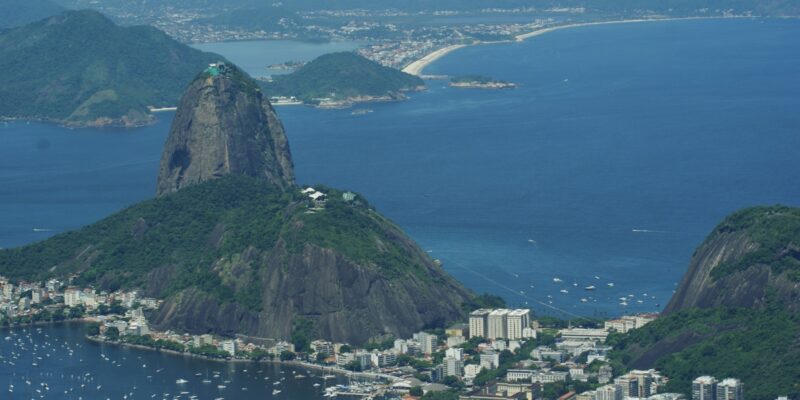
Rio de Janeiro Carnaval in Brazil
Photos taken by Anna Hobbins (Tulane University), Student Correspondent for CET Brazil, Spring 2024 How could I go to Brazil during Carnaval and not write about my time
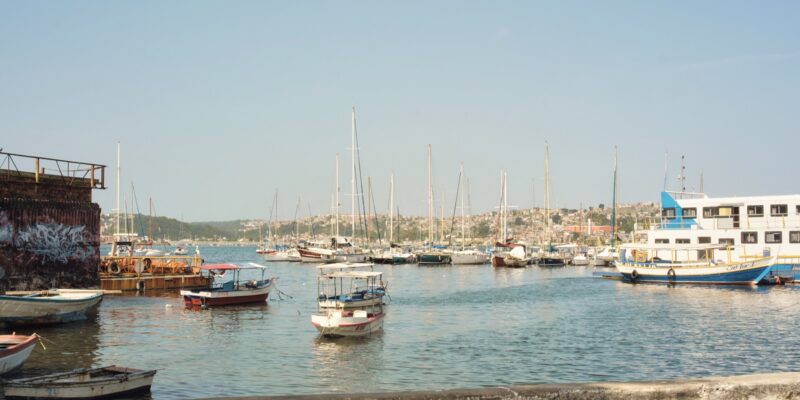
Photo Essay: CET Brazil
Photos taken by Dominique Ziehl (Smith College), Student Correspondent for CET Brazil, Fall 2023 CET Headquarters I spend most of my time in the CET building for nice
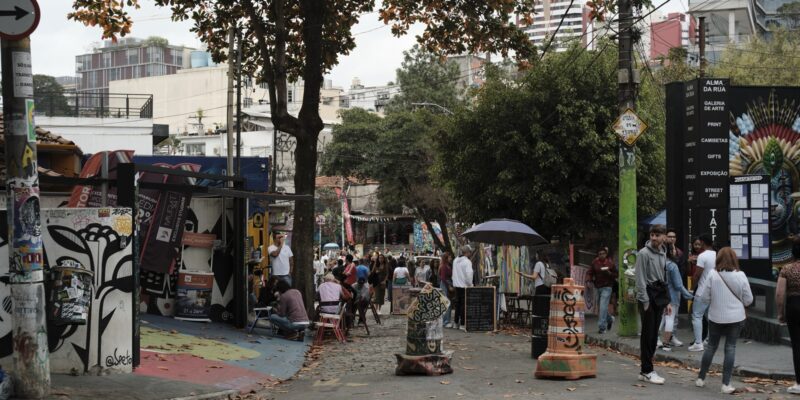
Photo Essay: CET Brazil Social Justice
Photos taken by Dominique Ziehl (Smith College), Student Correspondent for CET Brazil, Fall 2023 August 11 On Friday, CET arranged a guided tour of the historic Beco da Liberdade (Liberty/Freedom
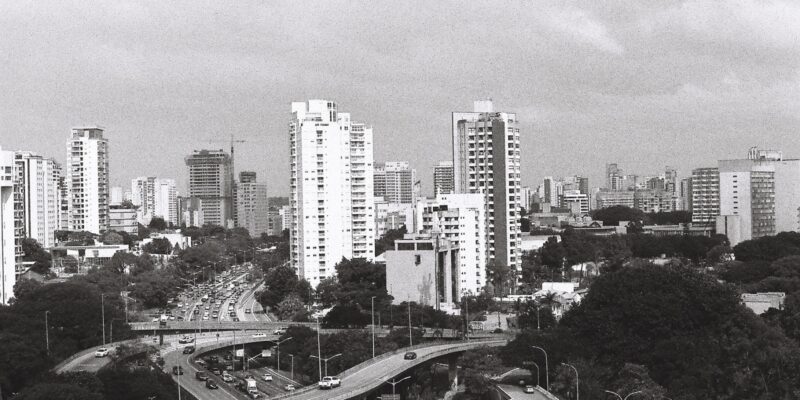
Photo Essay: CET Brazil Social Justice
Photos taken by Dominique Ziehl (Smith College), Student Correspondent for CET Brazil, Fall 2023 August 4 This weekend, a small group of us ventured into Vila Mariana to
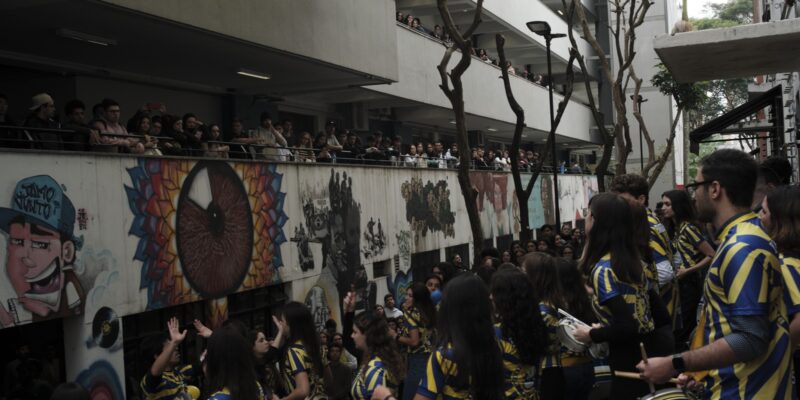
Photo Essay: CET Brazil Social Justice
Photos taken by Dominique Ziehl (Smith College), Student Correspondent for CET Brazil, Fall 2023 July 27 On our first day in Brazil for Fall 2023, only a

Transformative Travel: Salvador Bahia
Written by Angel Akinleye (Howard University), Student Correspondent for CET Brazil, Spring 2023 Earlier this month, CET Brazil had our Traveling Seminar trip to Salvador, Bahia—a city on
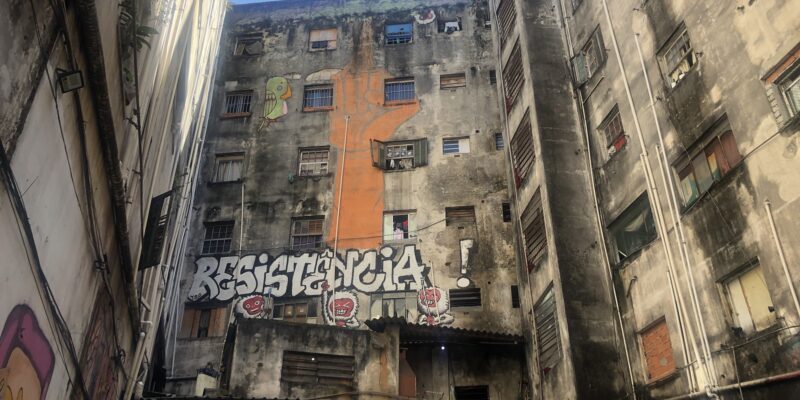
The Bells of Resistance – Occupation Mauá
Written by Angel Akinleye (Howard University), Student Correspondent for CET Brazil, Spring 2023 You can hear a faint ring in the distanceVoices rise… hands clasp… pupils raise to
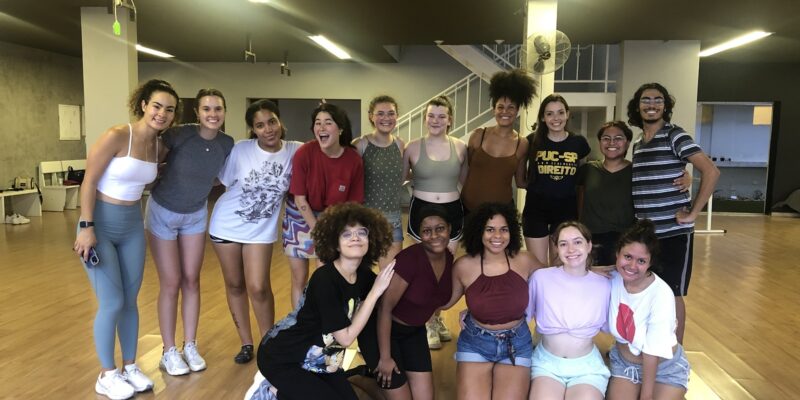
Dancing With a Globeleza Carnival Queen
Written by Angel Akinleye (Howard University), Student Correspondent for CET Brazil, Spring 2023 There is a vibrancy in the room. The large studio overlooks the city of São
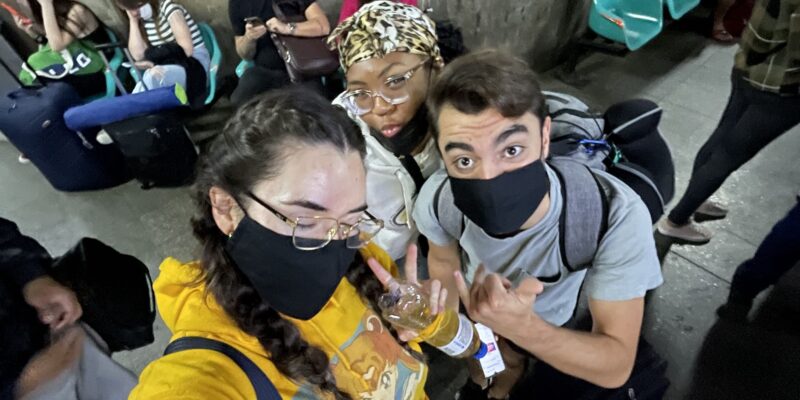
Mental Health & Study Abroad
Written by Maddie Ryan (Arizona State University), CET Brazil, Fall 2022 When discussing mental health and study abroad, a phrase that is commonly repeated is

Photo Essay: CET Brazil Social Justice
Photos by Carly Longman ( University of Massachusetts Amherst), Student Correspondent for CET Brazil:Social Justice, Spring 2020 This picture was taken from the top of